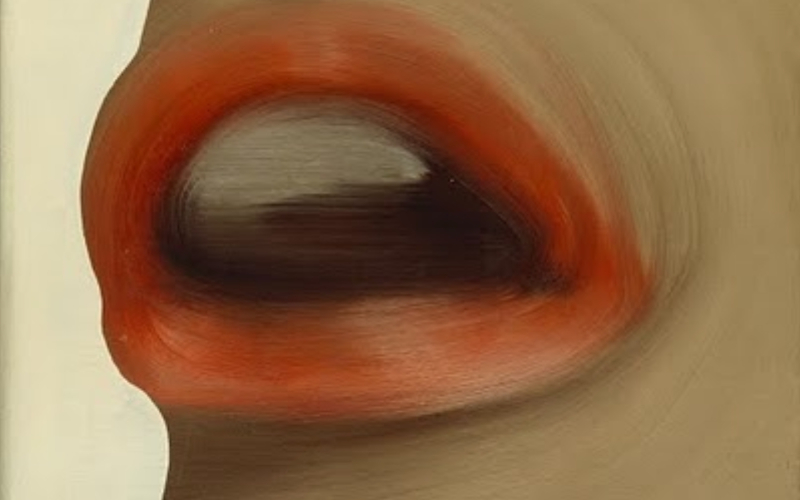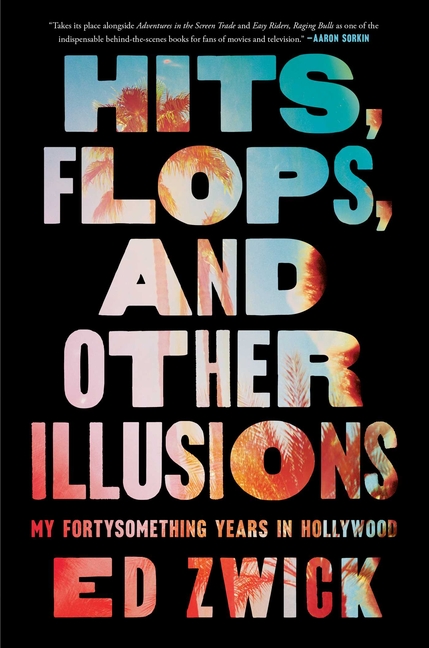Gerhard Richter’s early work, Mouth (Bridgette Bardot’s Lips), from 1963, was inspired by a photograph of the renowned French actress Bridgette Bardot.
Richter trimmed the photo to focus on her mouth and lips. The selection of Bardot was not random; at the time, she was one of Europe’s most well-known sex icons. Her public persona served as an example of the relationship between sex and mass culture, particularly the commodification of sex in capitalism.

So, in Mouth, Richter produced a playful yet unsettling image by focusing only on Bardot’s renowned sensual lips. The blurred lips and mouth are severed from the face and body, lending the painting a surrealist quality.
A few years later, in the painting Mother and Daughter (1965), Richter also used another image of Bardot. Bardot’s appeal extended beyond Richter’s creations, as eight vibrant paintings by Andy Warhol from 1974 also featured her iconic image.
Early photo-paintings by Richter, like Mouth and Mother and Daughter, were inspired by photos he had taken himself. Richter started gathering photographs, postcards, newspaper clippings, and sketches in 1962.
A few years later, Richter started arranging the various images on unbound sheets of paper; there are currently more than 800 sheets. The collection evolved into Atlas, a stand-alone artistic endeavor that combined collected images with personal images and photos that Richter himself had taken.
The collection not only reflects Richter’s various stages of life but also provides significant insight into his artistic practice.
One of Richter’s earliest public exhibitions, Living with Pop: A Demonstration for Capitalist Realism in Düsseldorf, included the piece, Mouth.
In the 1963 exhibition, the artists displayed their paintings in a furniture shop as part of a performance that was staged there. Richter and his contemporaries Manfred Kuttner, Konrad Lueg, and Sigmar Polke, who referred to their art as “Capitalist Realism,” were responsible for the exhibition’s conception and organization.
Due to its similarities to Pop Art, such as its interest in mass media, consumerism, and the banality of daily life, Capitalist Realism is occasionally referred to as German Pop Art. The artists’ unique political situation—living in a divided Germany during the Cold War—was expressed through humor and irony.
Since both forms of art were essentially produced for the general public, the term Capitalist Realism served as a parallel to Socialist Realism (the dominant style in the Eastern German bloc).
By the end of 1963, Richter had stopped distorting his source images in the way that is obvious in Mouth. He even destroyed a number of his earlier works in this genre. Perhaps Richter would have destroyed Mouth as well, but he had already given it to Manfred Kuttner, a fellow artist.
In a 1993 interview, Richter expressed his distaste for the painting, highlighting its Pop Art aesthetic and the face and mouth’s isolation and distortion. He did add, though, that the painting was a good representation of his early efforts and the start of Pop Art.


